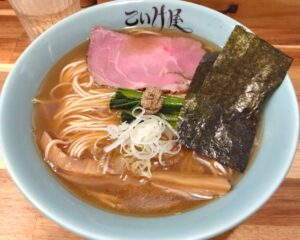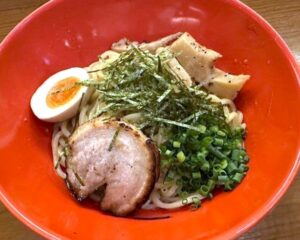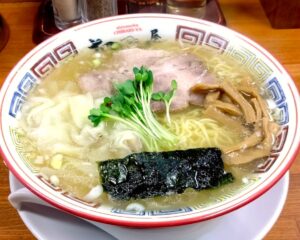Sendai Ramen (Miyagi Pref.)
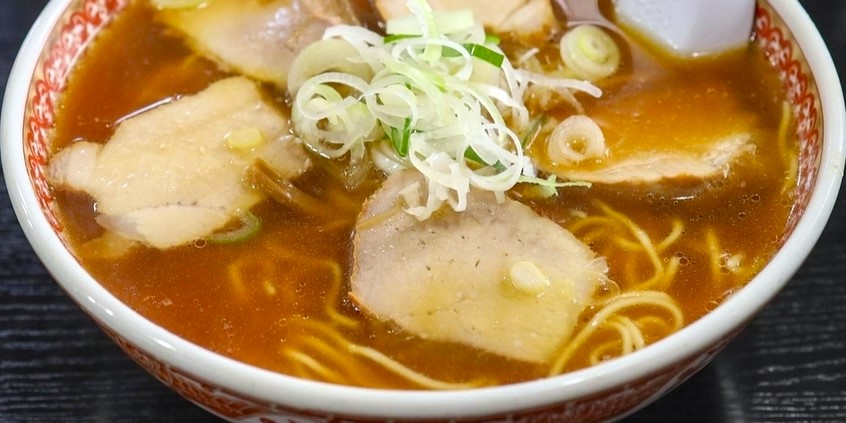
What is Sendai Ramen?
Ramen has been eaten around Sendai City in Miyagi Prefecture. There is no Sendai ramen, which is called local ramen, but there are many ramen shops. In recent years, there has been a trend to call Sendai ramen a spicy miso ramen based on the traditional specialty “Sendai miso”.
A city where you can enjoy a variety of types
In Sendai, there is no such thing as local ramen or local spot ramen. However, this does not mean that there is no ramen culture. You can see this by walking around Ichibancho(一番町) and Kokubuncho(国分町) in Aoba Ward. Anyway, there are a lot of ramen shops. (*351 shops in Sendai City in 2021) It’s interesting that even though there are so many ramen shops in the downtown area, no unique ramen has developed. In a sense, this is similar to Osaka’s ramen culture. Because there are so many different types of ramen, it is hard to find any major characteristics.
If Osaka were to be forced to be defined as a light pork bone town, then Sendai would be a light soy sauce town. “Shinobu(志のぶ),” “Yachiyoken(八千代軒),” “Gakuyou Row(岳陽楼 closed),” “Joshuu Rou(徐州楼),” and, although it seems somewhat Chinese, “Seiryu Manjusan(成龍萬寿山)” are also similar.
The noodles are often slightly whitish, thin, and soft. Many of these shops have a long history, and I think this is where Sendai’s ramen is based. The reason why this kind of ramen has not become established as a local or local spot ramen may be because its style is too plain. However, when you try it, you feel nostalgic and at the same time feel relieved; it is a “healing” type of ramen to put it in modern terms. Although it doesn’t have much of an impact or the satisfying feeling of “I just ate it,” it’s a familiar ramen that you can eat every day. However, it is very tasty, so perhaps this is the work of history.
However, perhaps because of this geographical feature, they are good at absorbing information from other regions. For example, the popular “Sendai-kko(仙台っ子)” in Kokubun-cho clearly have Yokohama Iekei style(横浜家系). However, it doesn’t seem like it was trained in the Iekei family. When I tried it, I found that it was a richer soup than the Iekei family’s. I feel like even if a halfway decent Iekei family enters the market, they will lose.
“Ajiyoshi Kokubuncho(国分町味よし)”, which also became a cup noodle shop, is a popular shop for spicy miso and is increasing the number of shops (what is confusing is that there are different affiliated shops (中倉系 Nakakura lineage type); with the same name “Ajiyoshi”…) Here Kokubuncho Ajiyoshi is I hear that it is modeled after “Ryushanghai(龍上海)” in Akayu, Yamagata Pref.(山形県赤湯). (Currently operating by a food truck)
Even the main shop in Kyoto, “Tenka-Ippin(天下一品)”, becomes “Tenka-Ippin Komurasaki(天下一品こむらさき)” (currently closed) when it comes to Sendai. And in addition to the usual muddy soup menu, there are many original menu items, which are extremely rare even among the “Tenka Ippin” shops around the country. The company’s president is passionate about taking on new challenges and runs other ramen shops, using dried sardines that can only be found in Hong Kong, as well as experimenting with Wakayama ramen(和歌山ラーメン) and Kurume ramen(久留米ラーメン).
“Yohiyoshi Tei(芳々亭)” (currently closed) was a Hakata-style shop that smells strongly of pork bones when you enter the shop. This was an authentic shop that even boils the noodles to a firm consistency.
There is also “Kita Maru(北〇)”, which is popular for Yonezawa ramen, and “Musashi(六三四)”, which is a Sendai-style version of Tokyo’s back fat chacha type. Branches of famous shops in other areas such as “Santouka(山頭火)” and “Chibakiya(ちばき屋)” are also doing their best, so I think this is a city with a large ramen population.
Ramen-Japan / Examples of Ramen Shops
Examples of the long-established Sendai ramen shops
-
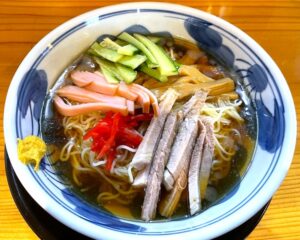
Shinobu Branch(志のぶ 支店) *The main shop had closed in 2021. Classic ramen and chilled noodles.
-
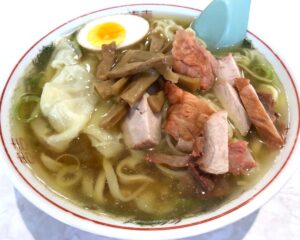
Joshu Rou(徐州楼) *Founded in 1922. Limited to 5 servings of ramen available.
-
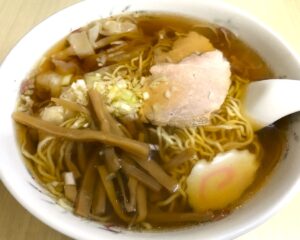
Yachiyoken(八千代軒) *Founded in 1923. Wonton noodles are popular.
-
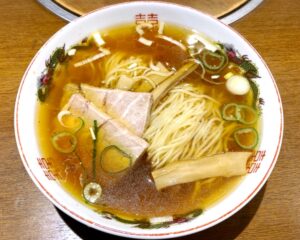
-
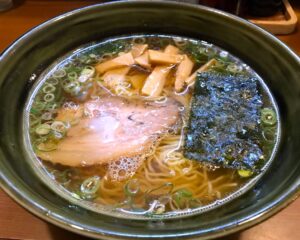
-
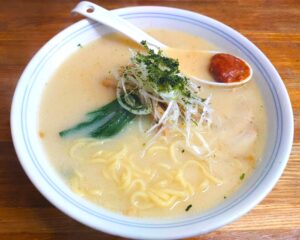
-
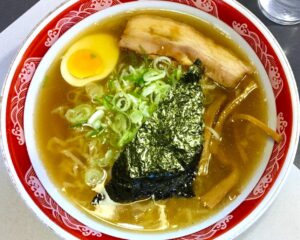
Kita Maru(北◯) *Retro ramen shop on the 1st floor of the vaudeville Hall
-
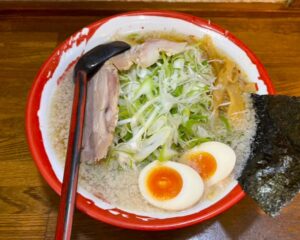
Ramen 634(らーめん 六三四 ) *A Sendai-style arrangement of Tokyo’s backfat chacha style.
-
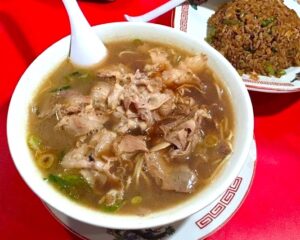
Examples of other popular ramen shops in Sendai
-
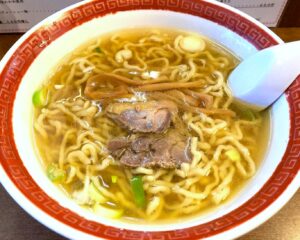
-
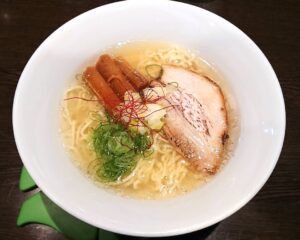
-
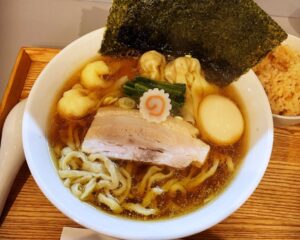
-
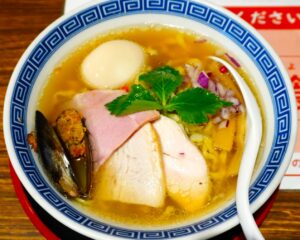
-
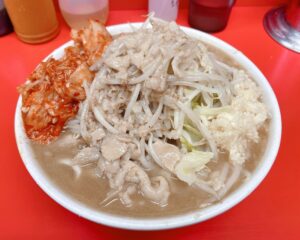
Ramen Jiro Sendai Shop(ラーメン二郎 仙台店) *Emulsified soup that combines fat and soup.
-
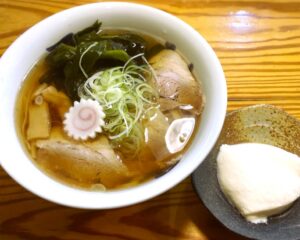
Ufushin(五福星) *Homemade silk noodles are popular. Morning ramen comes with handmade tofu.
-
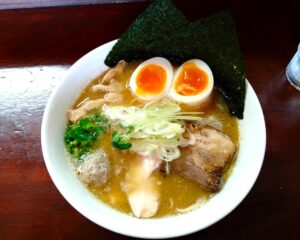
-
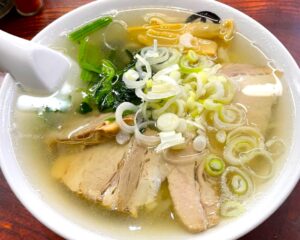
Ito Shoten(伊藤商店) *From Kitakata Ramen Milk Shop Shokudo. Morning ramen is reasonable.
-
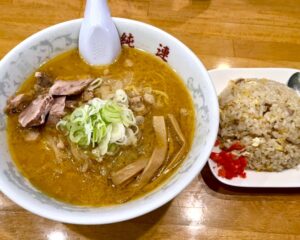
-
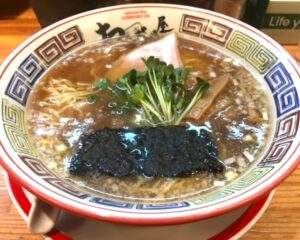
-
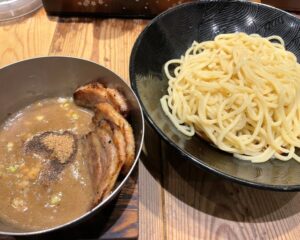
Menya Masamune(麺屋 政宗) *Soup simmered for 3 days. Tsukemen is popular.
-
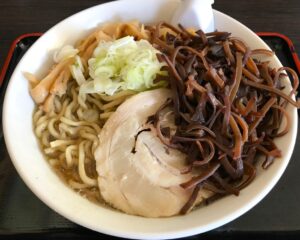
-
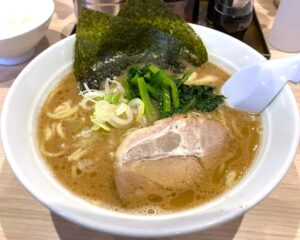
Sendakko Sendai Station East Exit shop(仙台っ子 仙台駅東口店) *Rich soy sauce pork bone ramen
-
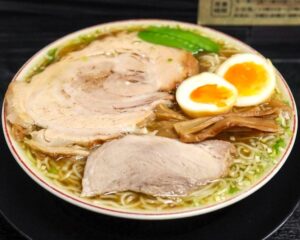
Chinese Noodle Mizusawaya(中華そば みずさわ屋) *Homemade thin noodles. Large chashu.
-
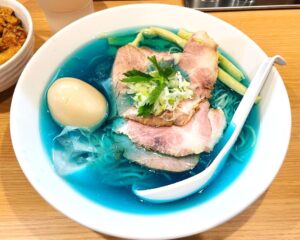
Ramen Yocchan (tentative)(らーめんよっちゃん(仮)) *Summer only “Embraced by the Marine Blue Wind”!
-
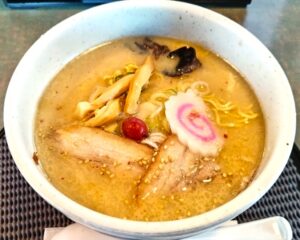
-
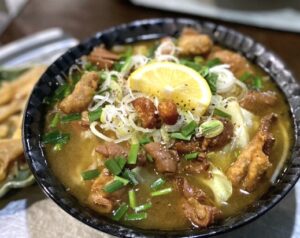
Ra-Shin Kokoa(らー神 心温) *Many unusual items such as monkfish liver miso and offal ramen.
-
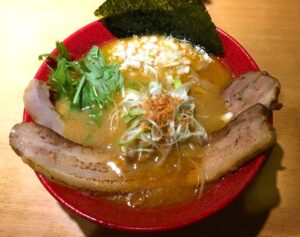
Ebisoba Ebisuke(えびそば えび助) *Shrimp ramen specialty shop. It is also served as a cup noodles.

